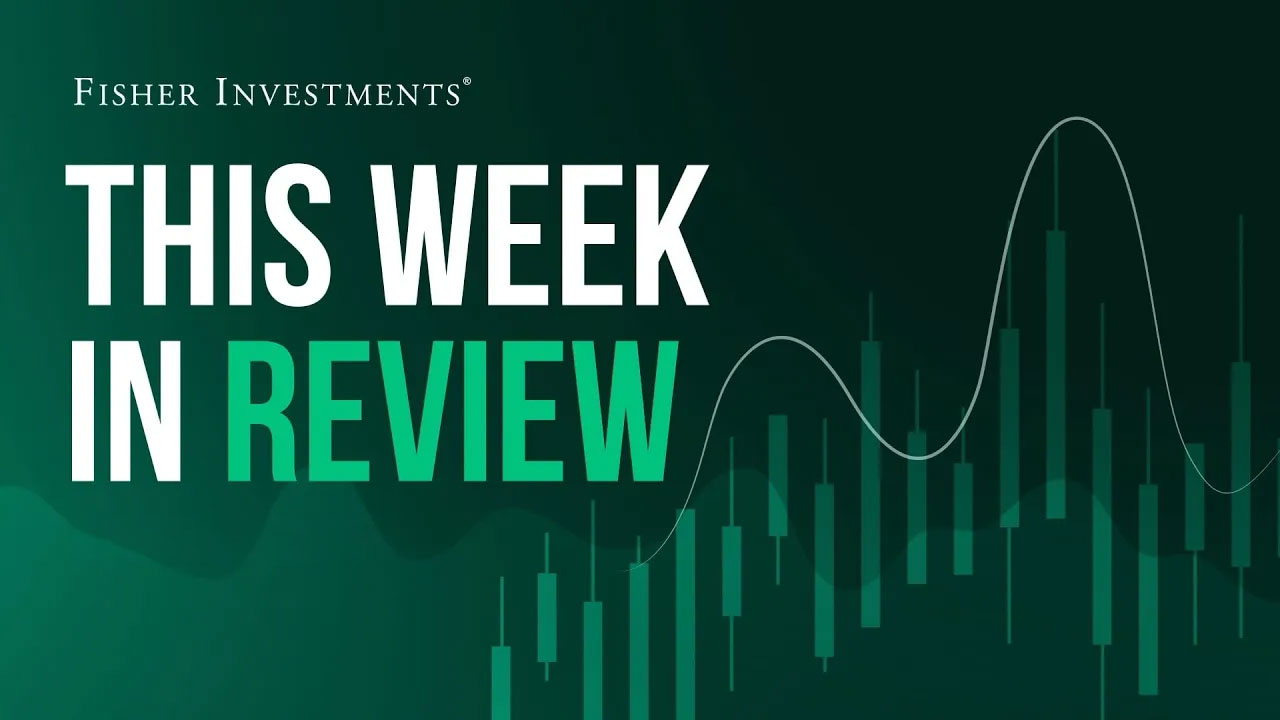Personal Wealth Management / Market Analysis
A Ray of Light From Austria and Denmark?
In some European nations, the conversation is shifting to easing restrictions as infection rates slow.
Between UK Prime Minister Boris Johnson’s admission to an intensive care unit and grim forecasts for a sharp acceleration in US COVID-19 deaths this week, good news was in short supply on Monday. Yet stocks jumped globally, seemingly seeing through the bad news and zeroing in on reports that some European nations may begin easing lockdowns in the coming weeks. As always, it is important not to read hugely into any one day’s market movement, and short-term moves are unpredictable. So is government policy. But we think taking note of somewhat positive developments is important for investors—if not everyone—right now. If nothing else, maybe talk of plans to loosen restrictions is a reminder that there is an eventual endgame to the current crisis. It may even be starting to take shape.
The “good” news was minor by most standards. A few days after Denmark announced loose plans to begin easing the restrictions on movement and commerce aimed at slowing COVID-19’s infection rate and easing the strain on hospitals, Austria did the same. Over the past week, infection rates have slowed, even in hard-hit Spain and Italy. That seems to have helped policymakers see some light at the end of the tunnel and start rethinking their approach to containment.
In Austria, if all goes as hoped, small shops, home improvement stores and garden centers will be free to begin reopening on April 14, provided patrons wear masks and adhere to social distancing guidelines. Hair salons and other businesses necessitating closer personal contact will get the green light on May 1, and public gatherings may return in July. Yet travel may remain restricted, with international travel potentially banned until a vaccine for the novel coronavirus is available.
Other nations seem to be following in Austria and Denmark’s footsteps. France and Spain have established taskforces to set out a timeline to resume normal activity. Italy is pursing a “phase two” of its containment policy, which would loosen restrictions on May 16 if infection rates continue falling. The always-suspect “unnamed sources” close to Angela Merkel’s government say Germany is working on something similar behind the scenes.
This doesn’t mean life as normal is at hand. These “plans” are just words at this point—words subject to change, as society’s response to COVID-19 proves beyond a shadow of a doubt. Continental Europe’s reopening also isn’t some huge, immediate global economic swing factor—particularly if the reopening is as gradual as outlined in Austria. Indefinite bans on international travel could have prolonged knock-on effects on local commerce, too, as it means no tourism revenues for shops, restaurants, hotels and attractions.
Yet the planned loosening is still significant. It hints at the disruptions to business having an end that, however vague, is taking shape. If infection rates soon start slowing in the US and UK, too, then it could give policymakers similar latitude to consider easing restrictions. If US officials started having the same conversations as European leaders later this month, it would no doubt be welcome news to all the workers and business owners presently sitting on pins and needles waiting for some sort of lifeline.
Mind you, we aren’t forecasting that US officials will start talking about loosening restrictions in two or three weeks. Political decisions like this aren’t a market function. You can’t assign probabilities to events with so much human impact. Plus, unlike in Europe, the restrictions covering most American activity are at the state and local level, not federal. A very good analysis from Moody’s, highlighted in Monday’s Wall Street Journal, estimates about 96% of national economic output is covered by county-level lockdown orders. So rumblings from state and county governments will probably be more meaningful for the broader economy (and stocks) than White House policy. That also adds far more variables and scrutiny on local infection rates (for example, New York City’s lockdown orders ran about a week behind the San Francisco Bay Area’s).
Yet as Monday’s market rise seemingly shows, stocks won’t necessarily wait for a definitive American timetable. Nor will they wait for improving economic data or investor sentiment. Stocks move ahead of economic data and widely expected events. Who knows, maybe a simple conversation about restoring normal life is all stocks need to begin pricing in that eventuality and looking ahead to the day—be it 12, 18 or 24 months from now—when a vaccine is available and the world can resume traveling and gathering.
Again, none of this is a short-term forecast. It is impossible to know now whether this bear market’s ultimate low is behind or ahead of us. Turning points are only clear with several months’ hindsight. So absent perfect near-term foresight, we think investors’ best move is to look to the longer edge of the 3 – 30 month timeframe stocks usually discount. Politicians’ discussions about ending lockdowns, though vague, are just one more piece of evidence life could be back to normal within that window, enabling businesses and workers to move past this very dark period.
If you would like to contact the editors responsible for this article, please message MarketMinder directly.
*The content contained in this article represents only the opinions and viewpoints of the Fisher Investments editorial staff.
Get a weekly roundup of our market insights
Sign up for our weekly e-mail newsletter.

See Our Investment Guides
The world of investing can seem like a giant maze. Fisher Investments has developed several informational and educational guides tackling a variety of investing topics.





